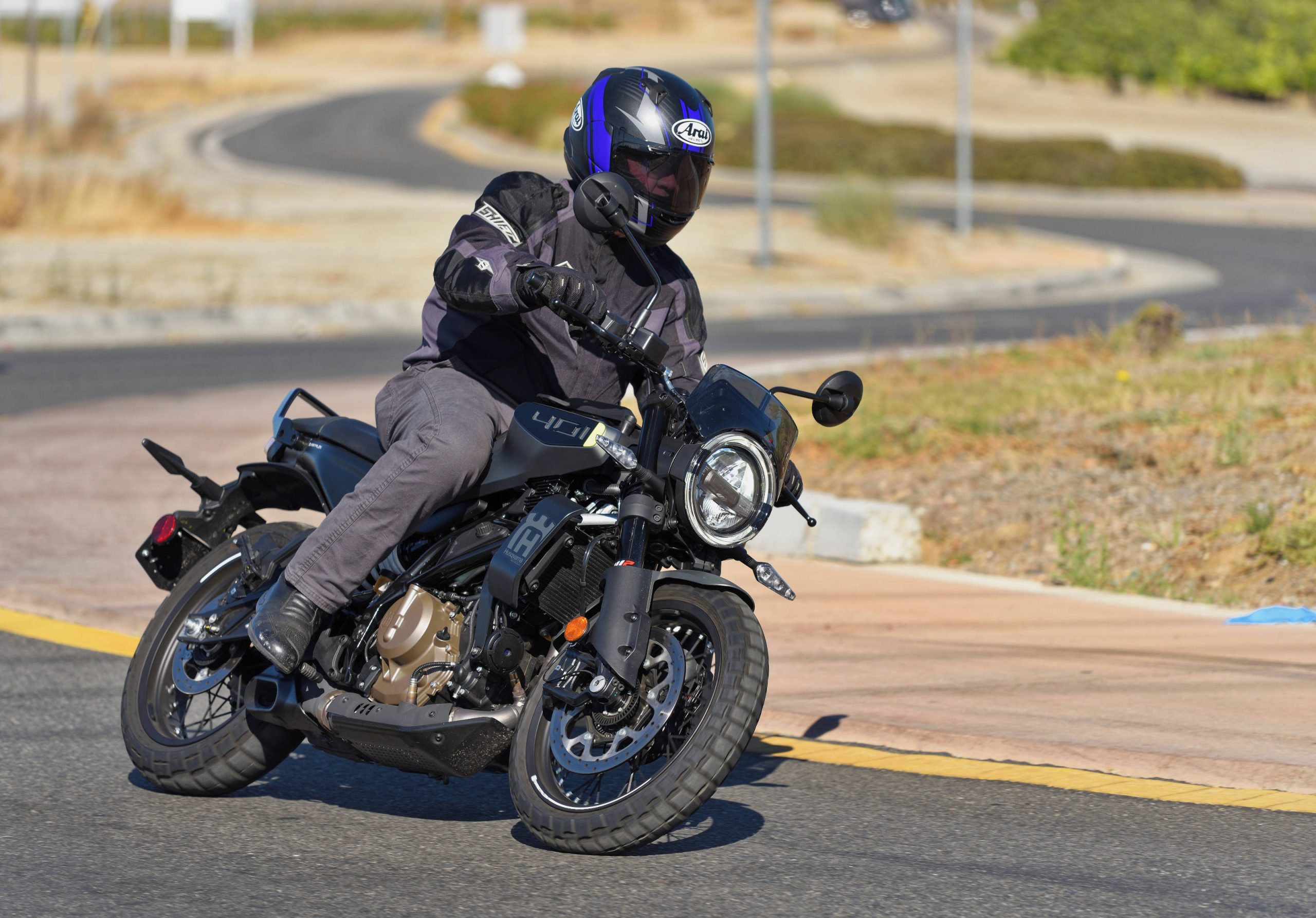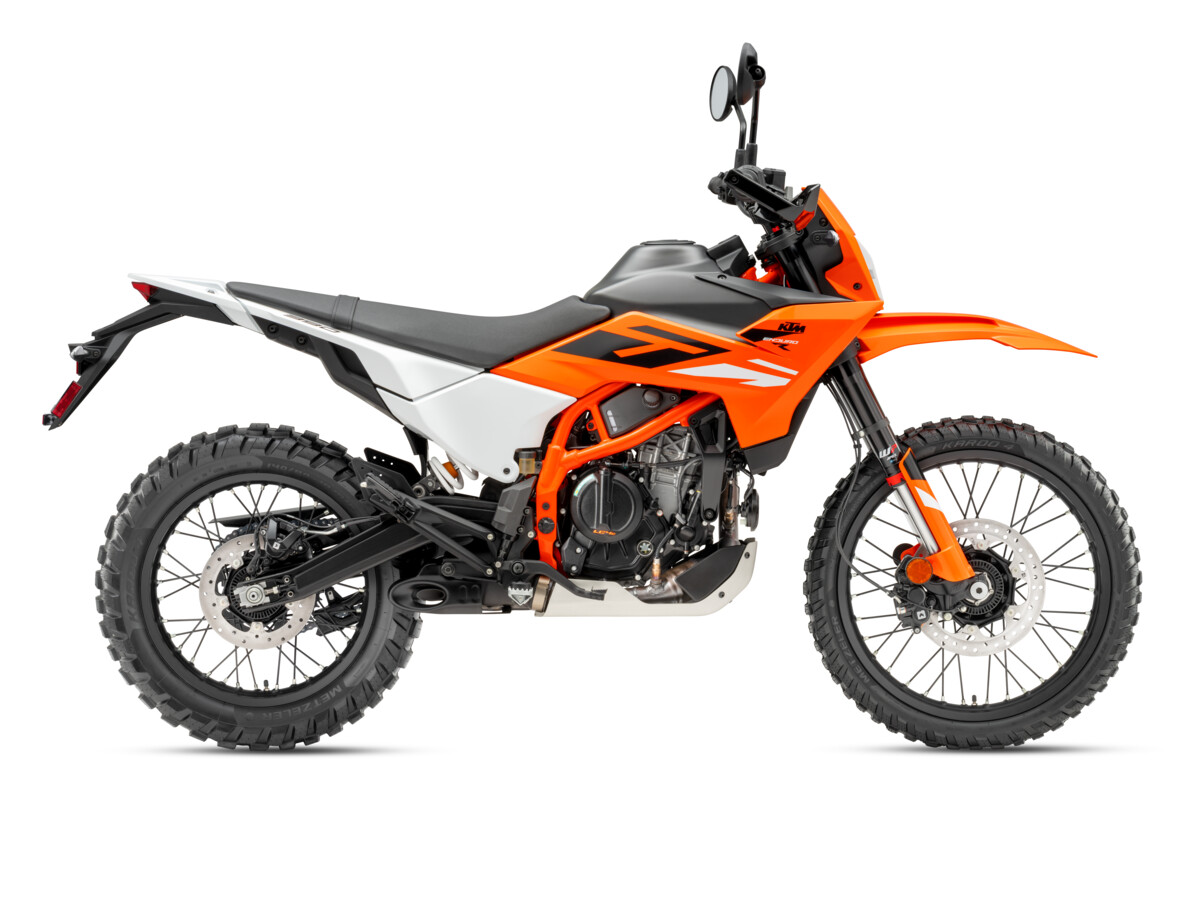
Part one of this review was published on February 16, 2002. Take a look at that brief summary of our first impressions of the new ZX-12R.
When Kawasaki first introduced the ZX-12R in the Fall of 1999, it was met by the press and motorcycle enthusiasts with great anticipation. After all, Kawasaki had dominated street-legal speed with its ZX-11 for years, and Kawasaki had rightfully earned the reputation for building some of the most powerful, if not the most powerful, open-class street bike engines.
While the original ZX-12R was well received by the European press, and we were also favorably impressed here at MD, at least one major U.S. publication (Motorcyclist) virtually crucified the machine. Sales of the original ZX-12R in the U.S. fell below the expectations of Kawasaki and its dealers. Perhaps, Kawasaki tried to reach a bit too far, too fast, with the initial ZX-12R. Both Honda (with its CBR1100XX) and Suzuki (with the Hayabusa) had stolen Kawasaki’s crown in the top speed competition. The Hayabusa, in particular, was a big step up from previous levels of street bike engine performance and top speed.

Under the circumstances, you would expect that, after two years of engineering refinement, the new 2002 ZX-12R would be a significantly better machine. It is, but it is also moving towards a slightly different category, as well.
While the original ZX-12R was, perhaps, a sport tourer at heart (albeit, a very fast one), the ergonomics of the new ZX-12R are more aggressive — raised rear end (thanks to a swingarm pivot relocated 2 mm lower) and lower handlebars (by 5 mm), put the big Kawasaki’s ergonomics much closer to those of a pure sportbike (the ZX does give you more room between the seat and the pegs than most sportbikes).
It is these aggressive ergonomics that seem a bit puzzling, given Kawasaki’s intention to position the 2002 model as a machine appealing to a wider audience “by improving its everyday riding characteristics”. In almost every other respect, Kawasaki succeeded (as we will discuss below), but the ergonomics may have been a step in the wrong direction. Some riders will be happy with the handlebar position, but those wishing to change it face the added expense and hassle of replacing the top triple clamp, because the bar mounts are cast into the triple clamp itself, requiring a new triple clamp and a set of clip-ons to adjust the bars to a less aggressive position.
The rest of the bike, however, largely obliterates the ergonomic issues with positives. Although the original ZX-12R had more engine performance than most sane riders dared use on the street, the 2002 model has significantly improved engine performance, both in usability and breadth of power.

Despite its 1198 cc capacity, the old model had a somewhat peaky power delivery. It didn’t pull nearly as hard as it should have below 5,000 rpm, for instance. The new model pulls very hard from very low revs — seemingly, without sacrificing the breathtaking top-end rush of the original machine. This rather dramatic improvement in power delivery is attributed to revised ignition mapping and a heavier crank shaft, although, the change is significant enough that it is hard to believe Kawasaki did not make further tweaks to the engine to achieve it.
Further inertia was added to the new engine by repositioning weight on the flywheel. These changes, coupled with a throttle cable pulley that is now oval, rather than round, create smooth and progressive power while rolling on the throttle. While an oval throttle cable pulley might seem like a bandaid for improper fuel injection mapping, the entire package works seamlessly.
Engine performance, of course, is what sets the ZX-12R apart from every other street-legal motorcycle (with the lone exception of Suzuki’s Hayabusa). I don’t care what you have been riding, the way the 2002 ZX-12R inhales straight-aways with just a whiff of throttle will blow your mind. In the process, you feel about as much control as you can under the circumstances. Unlike some lighter open-classers, the front-end stays planted when you want it to, but will wheelie easily and progressively if that is your choice. The broad spread of torque makes downshifts completely unnecessary for passing maneuvers, as well.
With this much power and torque (Motorcycle Online’s published dyno chart showed nearly 165 horsepower at the wheel, coupled with a peak of 92 foot/pounds of torque — more than 75 foot/pounds all the way from 4,000 to 11,000 rpm) you have some sense of being a flea on the back of a well-behaved, but vigorous, bull rhino. It is an intoxicating feeling, to say the least.
It wasn’t just the engine performance that received attention from Kawasaki this year. The frame and suspension were revised to improve performance, as well. The frame, of course, is Kawasaki’s unique aluminum monocoque (essentially, a giant aluminum backbone design). Intended to make the ZX-12R narrower, and more aerodynamic, than the competition, the frame is also relatively light and very stiff.
When wind tunnel testing proved the Hayabusa even more aerodynamic than the older ZX-12R, Kawasaki made efforts to improve the aerodynamics of the new model. They succeeded in dropping the coefficient of drag by one point (from 33 to 32) — a welcome improvement, but not necessarily very significant in light of the truce declared in the top-speed wars between the manufacturers (I believe 186 miles per hour is the agreed maximum these days).
What is quite noticeable is a significant improvement in rider wind protection provided by the new front fairing and “double bubble”-style windscreen. Kawasaki did a very good job here.
By the way, that huge monocoque frame would seemingly have a tendency to transmit more vibration to the rider, and the older model did seem to transmit noticeably more vibration; particularly, through the tank. Although the new machine probably doesn’t match Honda’s CBR1100XX for engine smoothness, it is certainly well down on vibration compared with the older model, and does not really present an issue.
Those chassis changes alluded to earlier include more aggressive steering geometry, courtesy of the raised rear end of the machine and a 4 mm reduction in fork offset. Kawasaki even reduced the stiffness of the gusseting of the steering head, and increased the size of the steering head bearings to improve cornering feel and responsiveness. As a result of all these changes, the new ZX-12R does handle quite a bit better than the old machine. Steering is lighter and much more precise, and feedback from the front end of the machine has improved, as well.
Overall, the ZX-12R has a fluid handling feel — quick enough, yet stable and ready to hold a selected line through corners.
The stock suspension components are of very high quality, and are capable of delivering an excellent ride/handling balance. Both the inverted fork and gas-charged shock are fully adjustable for preload, compression and rebound damping. According to Kawasaki, swingarm rigidity, rear-shock linkage, and spring and damping adjustments (front and rear) are all new this year.
The suspension had a smooth, quality feel to it. I did have trouble dialing-in the fork, however. Ultimately, I backed rebound damping all the way out (to the softest/quickest position), because the fork appeared to be rebounding too slowly. I also increased spring preload in the fork (from 5 lines showing to just 2-1/2 lines) to make the fork rebound more quickly. These changes improved the overall balance of the suspension (the stock settings on the shock were left alone), and also reduced a tendency of the front wheel to hop under hard braking. Ideally, of course, suspension valving should allow you to leave the damping adjustments near the middle of their range. Nevertheless, with these changes, the bike handled well and felt well suspended (with smooth fork action noted).
Kawasaki also made significant changes to the aesthetics of the 2002 ZX-12R, including a more pleasing and integrated look at the front of the machine. Indeed, our test bike (in Candy Thunder Blue) had a purposeful and attractive look. The redesigned front fairing and front fender (which will no longer bump into objects before the front wheel does) give the bike a sportier and more finished appearance. Likewise, the panels added to the inner fairing just below the instruments and bars provide a much more finished and refined look to the cockpit.
Some readers have questioned whether the Candy Thunder Blue (yes, it is Candy Thunder Blue, not the Candy Lightening Blue used by Kawasaki in prior models) paint option is available in the United States. The answer is yes, despite Kawasaki’s failure to show this color on its web site and in brochures. The Candy Thunder Blue option was added as a third color option for the U.S. after these promotional materials were created (the other two color options are shown in this article).
The large, broad seat is very comfortable for the rider, and the newly designed passenger seat cowl fits better than last year, and looks better, too.
Although we have only touched on some of the more than 130 changes made by Kawasaki to the ZX-12R, the 2002 model is a major improvement overall. The bike has a much more balanced and refined feel, and the stupendous engine performance is much easier to use, as well.
With its new-found agility and balance, you could be tempted to label the 2002 ZX-12R the ultimate street machine. While many riders patiently wait for the next open-class shoot-out to be published by “Sport Bikes Ridden and Compared by Professional Roadracers at Lean Angles You Will Never Achieve Monthly”, something needs to be carefully considered. A well-ridden, 600 pound sport tourer will leave most riders (regardless of their equipment) behind on a twisty mountain road. The ZX-12R has much higher handling limits than the hypothetical sport tourer mentioned, and, in stock trim, cannot be touched in a straight line by anything but a Hayabusa.
The reach to the stock bars will be an issue for some riders, no doubt. The ZX-12R, in many ways, is a sporty, sport tourer with the ergonomics of a pure sportbike. Although the seat and peg-seat relationship are more comfortable than most sportbikes, handlebars that complement that relationship will be expensive to obtain. Probably, well worth it, however. The ZX-12R is a great machine with performance beyond the requirements, and needs, of almost every rider.
Obviously, the ZX-12R is a bike to be ridden by experienced riders who can exercise some degree of self restraint. It helps that the stock brakes are very powerful and easily modulated, but, ultimately, maturity from the rider is required when piloting a machine this potent. That braking system includes 320 mm discs in front, gripped by six-piston calipers. You will not find a more powerful combination on a stock streetbike.
For more details on the 2002 Kawasaki ZX-12R, which retails in the United States for $10,999, visit Kawasaki’s web site.





